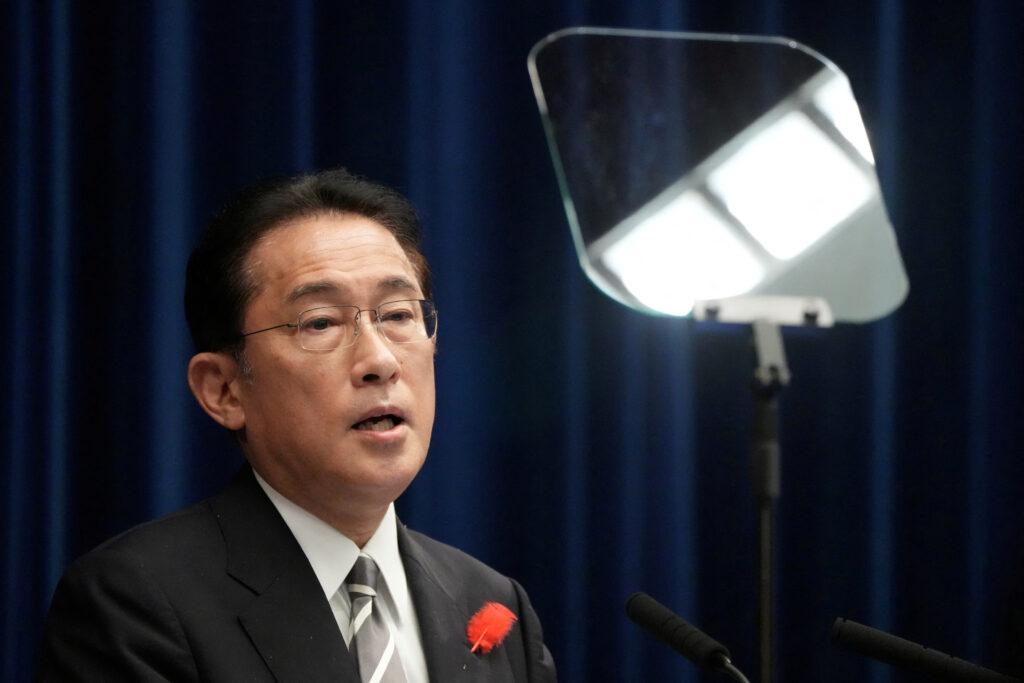
- ARAB NEWS
- 18 Jul 2025

TOKYO: The Japanese government on Tuesday adopted a strategy to tackle the country’s low birthrate, planning to boost annual spending on the issue by 3.5 trillion yen over the three years from fiscal 2024.
The strategy for children’s future was approved by the Children’s Future Strategy Council, chaired by Prime Minister Fumio Kishida, and the cabinet. It will be reflected in the government’s upcoming annual basic economic and fiscal policy guidelines.
“The low birthrate is an urgent issue that we must address immediately,” Kishida said at the day’s meeting of the council. “We hope to swiftly implement the various measures based on the strategy and allow child-rearing households to enjoy its effects quickly.”
How to finance “another level” of measures to address the low birthrate, as the prime minister puts it, remains a challenge. The government aims to reach a conclusion on the matter by the end of the year, but the road ahead is expected to be bumpy.
The strategy features a three-year program from fiscal 2024 to implement related measures intensively.
According to the strategy, the government will remove the income cap on child allowances and expand the allowance scheme to cover children through high school age, instead of the current scheme that covers children through junior high school age.
Under the scheme, 15,000 yen per month will be provided for each of the first and second children in a family up to the age of 2, and 10,000 yen per month will be given for such children between the age of 3 and high school age.
The monthly allowance will be doubled to 30,000 yen for third and later children through high school age.
At a press conference the same day, Kishida said the government aims to implement the expansion of the allowance scheme from October next year.
“The period until the start of the 2030s is the last opportunity for us to reverse the trend of decreasing births,” the prime minister said.
The government will consider introducing health insurance coverage for childbirth-related expenses by fiscal 2026.
As for support for children in higher education, the government will consider reducing or waiving tuition fees, expanding grant-type scholarships, and creating a deferred tuition payment system.
The government will also introduce a new system to allow parents to use nursery facilities on an hourly basis and will increase child care leave benefits from fiscal 2025.
Elsewhere in the strategy, the government said it will promote a selective four-day workweek system, which was not included in a draft of the strategy released on June 1.
On ways to finance the measures, the government will work to reduce social security spending and make better use of existing budgets.
The government will also consider a new system to share the financial burden broadly across society. Details of the system will be worked out by the end of the year.
The strategy indicates that the government will not raise the consumption tax or other taxes, but will secure a stable source of funding by fiscal 2028. For the time being, it will issue special bonds to make up for funding shortfalls.
Regarding the prime minister’s initiative to double child-related budgets, the strategy emphasizes the government’s aim for the budgets in the early 2030s to be twice as large as before the launch of the Children and Families Agency this year.
The strategy also calls for the creation of a special account to integrate child-related budgets.
JIJI Press